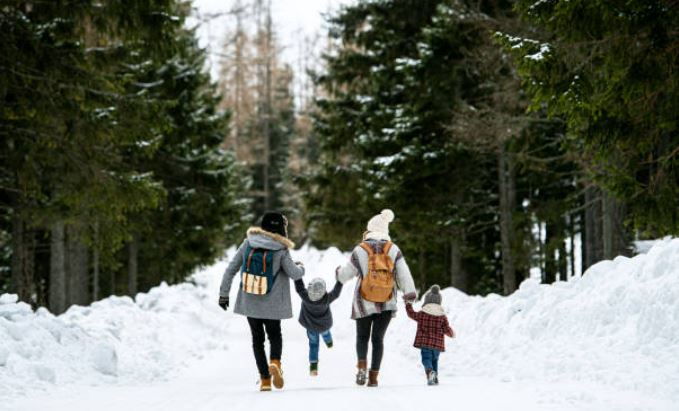How Much Do You Know About Winter Weather Safety?
See how well you’re prepared for the cold
- True or false? If your vehicle skids on snow or ice, you should steer in the direction you want your car to go.
2. What should you NOT do when clearing snow?
- Take frequent breaks
- Consider using a small shovel or snow thrower
- First consult a doctor if you have a medical condition
- Eat a heavy meal
3. What is the best way to avoid frostbite?
- Wear mittens instead of gloves
- Limit time outdoors if it’s very cold, wet or windy
- Bundle up in several layers of loose clothing
- All of the above
4. True or false? The risk of carbon monoxide poisoning increases in cold weather.
5. How should you walk on ice?
- Take short steps or shuffle
- Bend slightly forward and walk flat-footed
- Keep your hands out of your pockets
- All of the above
6. True or false? An early warning sign of hypothermia is slowed speech.
7. After calling 911, what should you do for someone showing signs of hypothermia?
- Move them to a warmer place
- Give them something warm to drink
- Wrap them in warm, dry clothes
- All of the above
8. What should you NOT do to stay warm at home in the winter?
- Dress warmly
- Keep doors open to all rooms
- Place a rolled towel in front of all doors
- Avoid alcohol
9. True or false? It’s OK to keep your car running in the garage if the garage door is open.
10. Which illnesses make it difficult to stay warm?
- Thyroid problems
- Diabetes
- Parkinson’s disease
- All of the above

Answers:
- True. Stay calm and avoid slamming on the brakes, which can make regaining control more difficult.
- Eat a heavy meal. Eating a large meal can put an extra load on your heart and increase health risks.
- All of the above. Even skin that is covered can get frostbite. If caught early, permanent damage can be avoided.
- True. Carbon monoxide poisoning often comes from fumes that build up in enclosed spaces. Emitters of the deadly gas include improperly vented furnaces, vehicles in the garage and burning wood.
- All of the above. Make sure to use extra care when entering and exiting vehicles and buildings and walking on stairs.
- True. Other early signs include cold hands or feet, drowsiness, anger, confusion and pale skin.
- All of the above. If necessary, remove all clothing and make skin-to-skin contact to transfer body heat. Wrap yourself and the person in dry blankets to stay warm.
- Keep doors open to all rooms. Also, close off rooms that you aren’t using. That will save on heating bills.
- False. Avoid warming your car up in the garage before driving. Even if the garage door is open, the car can still cause carbon monoxide poisoning.
- All of the above. Parkinson’s disease and arthritis can make it difficult to put on clothes, use a blanket or get out of the cold.